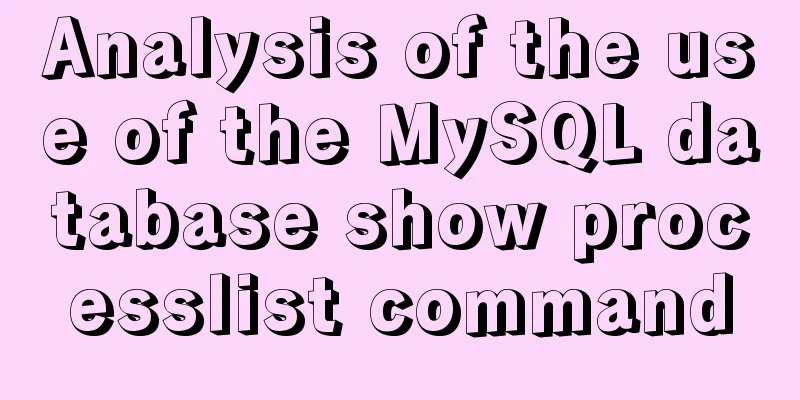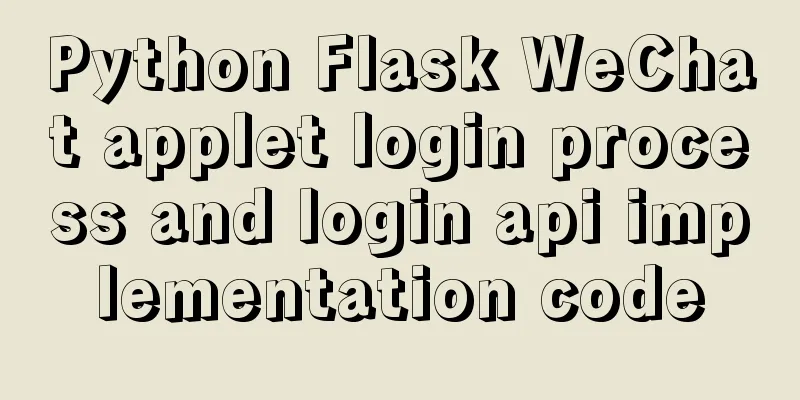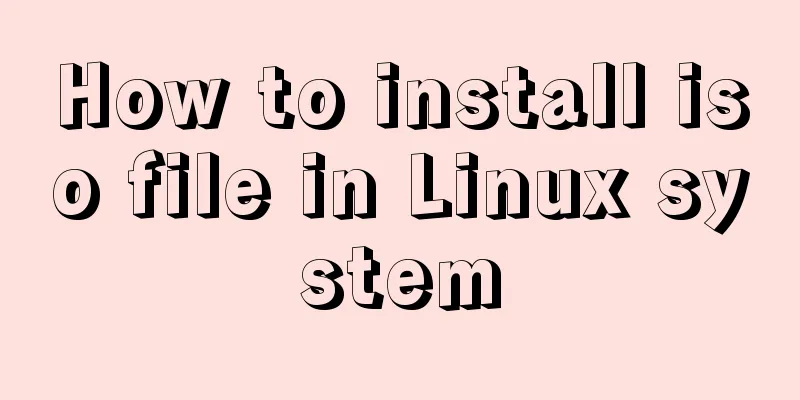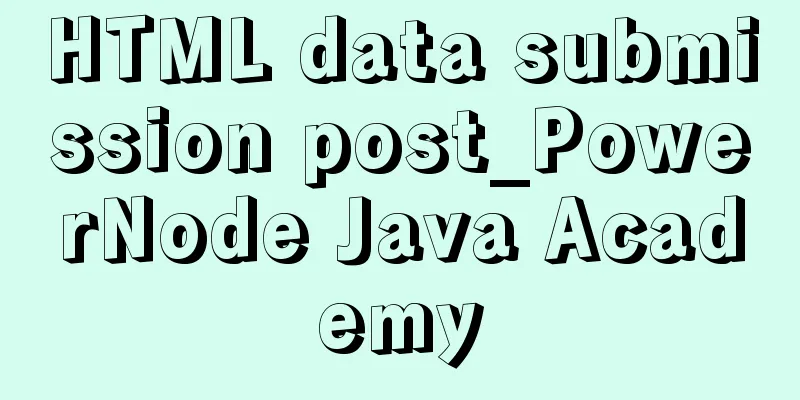Can Docker become the next "Linux"?

|
The Linux operating system has revolutionized the data center over the past 20 years, and today it is the undisputed leader in application hosting platforms. It's hard to imagine deploying any mission-critical production workload to anything other than Linux. When Docker made Linux containers popular, it was similar to the revolution in packaging, deploying, and hosting applications that began a few years earlier. Since then, container usage has grown exponentially across the industry and continues to grow every day. Just as we cannot imagine deploying any critical application on a non-Linux operating system, the same is true for containers: any application must be a container to meet the future needs of web scale (i.e. security, scalability, platform independence, and easy portability). These containers are and will always be the new “Linux” for running any critical applications and workloads. Container adoption trends According to a survey updated by Datadog in June 2018, there is a trend that 25% of companies have already adopted Docker, and the rest are catching up quickly. Here are the detailed survey data.
Containers and Orchestration Kubernetes, OpenShift, Apache Mesos, and Docker Swarm provide excellent orchestration support for containers, making it much easier to manage a platform or infrastructure of thousands of containers. With the help of automation capabilities provided by orchestration tools, a single engineer can manage heterogeneous deployments of containerized applications. Kubernetes is ruling the world of orchestration of Docker containers, Google is its original creator and CNCF is the owner. Kubernetes also has the best community support and excellent adaptability in the entire industry. Some features that provide orchestration support for any containerized application:
Containers and Microservices Kubernetes once again dominates the microservices deployment space as an orchestration tool, and it is one of the most well-known and popular platforms for hosting and running container-backed microservices. All identified microservices are first converted into Docker containers and then moved to the Kubernetes platform for deployment, which makes them quickly deployed and easy to manage throughout their lifecycle. Container-based microservices are easier to scale and self-heal in scenarios, and are faster to start and serve workloads. Container adoption in non-conventional applications A lot of incredible things are happening with container adoption; applications that were once thought impossible to run in containers are now being migrated to containers and can now be used in containerized platforms. database A few years ago, databases were considered something that remained outside of container technology, but today we have NuoDB, a container and cloud native database specifically designed and developed to run on containers to support WebScale capabilities at the database level. Oracle 12c is now available pre-configured in official Docker images from the Docker registry. I am really excited about the containerization of the database layer, which will make applications easier to WebScale, as the limitations of scaling the database (deployed on physical servers) on demand will disappear, and the database running inside the container and deployed on the business process engine will be able to easily scale along with the application instance when needed. Containerized Telecom Network Components in the Telecom Industry The telecom industry is gaining momentum in its shift toward using programmable networks, which will help all CSPs run all network functions in a virtualized manner instead of running them on traditional expensive hardware, while significantly reducing operating costs. This will also enable all CSPs to quickly scale their networks in a fully automated manner when demand increases. However, the advantages of containers over VMs have been proven in applications, so the industry is eager to gain the same advantages for telco VNFs. The telecom industry’s shift towards programmable networks using SDN-NFV is gaining momentum, which will help all CSPs significantly reduce their operational costs while running all network functions in a virtualized manner instead of on traditional expensive hardware. This will also enable all CSPs to rapidly scale their networks in a fully automated manner as demand increases. However, the benefits of containers over VMs have been proven in the application world, so there is a high level of interest across the industry to gain the same benefits for telecom VNFs. With these trends, the day is not far when the telecom world will be ruled by containerized platforms, both at the application and virtualized network levels. Container-based big data platform In the world of big data, the new version of HortonWorks' HDP 3.0 data platform now uses Docker containers to run its internal components (YARN containers, web applications, and HDP services). The Hadoop cluster is a self-managed cluster that fully supports modern and standard cluster applications, so the Big Data platform is able to run on containers and be managed by orchestration tools (clusters within clusters!!), which was a controversial topic before. But since we already have new versions of containerized services, it will not be surprising that in the near future we will be running Hadoop clusters in the Kubernetes platform. Cloud and containers As containers become more popular, all cloud service providers (AWS, Azure, GCE, Oracle, OpenStack, etc.) also realize that they must provide and support native container and Kubernetes orchestration services. Today, we see that almost all cloud providers have their own native container and orchestration services/platforms. Here are some examples of native container platforms offered by cloud companies:
Again, this provides us with a clear trend that even as organizations are migrating to cloud infrastructure to replace their legacy on-premises data centers, containers remain the preferred choice for deploying and running applications. Container-based private cloud deployment When we talk about cloud and containers, there are already clouds running on containers. OpenStack is the clear winner in the private cloud space. The entire private cloud hosting world is ruled by OpenStack, providing the power of cloud computing to organizations across the globe. However, now new versions of OpenStack can be deployed in a containerized manner. This makes it incredible to deploy and run an entire private cloud in containers. With the exponential growth in container adoption and fundamental changes in the software industry and across product sectors, it has become more realistic to say that containers are and will be the new Linux for hosting and running a wide variety of workloads. Summarize The above is the full content of this article. I hope that the content of this article will have certain reference learning value for your study or work. Thank you for your support of 123WORDPRESS.COM. If you want to learn more about this, please check out the following links You may also be interested in:
|
<<: TypeScript installation and use and basic data types
>>: MySQL 5.6.36 Windows x64 version installation tutorial detailed
Recommend
View the dependent libraries of so or executable programs under linux
View the dependent libraries of so or executable ...
MySQL 8.0.13 installation and configuration method graphic tutorial under win10
I would like to share the installation and config...
Some front-end basics (html, css) encountered in practice
1. The div css mouse hand shape is cursor:pointer;...
Website Design Experience Summary of Common Mistakes in Website Construction
Reminder: Whether it is planning, designing, or de...
Detailed explanation of Linux dynamic library generation and usage guide
The file name of the dynamic library file under L...
How to use physics engine joints in CocosCreator
Table of contents mousejoint mouse joint distance...
Detailed explanation of how to use WeChat mini program map
This article example shares the specific implemen...
Front-end advanced teaching you to use javascript storage function
Table of contents Preface Background Implementati...
Vue implements time countdown function
This article example shares the specific code of ...
Markup Languages - What to learn after learning HTML?
Click here to return to the 123WORDPRESS.COM HTML ...
Detailed explanation of Linux file operation knowledge points
Related system calls for file operations create i...
React Hooks Detailed Explanation
Table of contents What are hooks? Class Component...
JD Vue3 component library supports the detailed process of mini program development
Source code preview: https://github.com/jdf2e/nut...
JS Asynchronous Stack Tracing: Why await is better than Promise
Overview The fundamental difference between async...
This article will help you understand the life cycle in Vue
Table of contents 1. beforeCreate & created 2...










